A new chapter in the history of the Seegrotten of Hinterbrühl has begun when a new team of operators took over the torch and set about renovating and expanding this fascinating show mine.
With over 20 million guests having already visited the former gypsum mine on the outskirts of Vienna, the Seegrotte Hinterbrühl is undoubtedly one of Austria's most outstanding sights. It has enjoyed great popularity among visitors of all ages for more than 80 years.
But that is just the beginning. With the new operating team and the extensive renovation and expansion measures, the Seegrotte Hinterbrühl has an exciting future ahead of it. Visitors can look forward to an even more intense and impressive experience that shows the unique underground world of the Seegrotte in all its splendor.
Immerse yourself in a mysterious labyrinth of tunnels and underground passageways, feel the breath of history on your skin and let yourself be enchanted by an unforgettable boat trip on Europe's largest underground lake. The Seegrotte Hinterbrühl promises an adventure that will inspire your senses and fascinate you long after your visit.
Go on a journey through centuries of mining history and discover the hidden treasures of the Seegrotte Hinterbrühl. We invite you to become part of this extraordinary experience and experience the magic of the underworld.
background
The Seegrotte, once a gypsum mine in the picturesque Lower Austrian market town of Hinterbrühl, is located about 15 km south of Vienna. It has served as a fascinating show mine since 1932 and has undergone extensive renovation by new owners from 2019 to 2022, with the aim of reopening in 2022.
The heart of the Seegrotte is its impressive underground lake, which, with an area of 6200 m², is considered the largest in Europe. Seven springs feed this breathtaking body of water, which has no natural outlet. To keep the water level constant, around 50-60 cubic metres of water are pumped into the Mödlingbach every night. The average Seegrotte is 1.2 metres deep and its surface area extends over a generous 6000 m².
Compared to the underground lake of St. Leonard in Saint-Léonard, Valais, which has an area of 6000 m², the Seegrotte of Hinterbrühl is slightly larger. However, this lake is different in its formation, which is based on the natural leaching of a cavity in the gypsum.
Story
The gypsum deposits in Hinterbrühl, which can also be found in Preinsfeld near Heiligenkreuz, were discovered in the 18th century. In 1848, a miller stumbled upon gypsum at a depth of 5 metres while digging a well and began mining gypsum for fertilizer. By 1851, the mine already included a main tunnel as well as side tunnels and shafts, and there were plans to build an underground railway to transport materials.
In 1912, an explosion caused more than 20,000 cubic meters of water to enter the mine, making operations impossible. The mine remained idle until it was bought in 1918 by Friedrich Fischer, a liqueur manufacturer from Vienna. Fischer originally planned to build an entertainment establishment, but later tried his hand at mushroom farming. In 1920, he had the mining tunnel lined with bricks and planned to make the abandoned gypsum works accessible as an exhibit and educational facility.
In 1932, the show mine was opened with an old military pontoon and an electric boat. In the following years, it attracted numerous visitors, and in 1937/1938, around 50,000 guests visited the tunnels with the underground lake.
During the Second World War, the Seegrotte served as a production facility for aircraft for the Wehrmacht. A satellite camp of the Mauthausen concentration camp was built, where forced laborers worked underground. After the war, the Seegrotte was used again as a show mine and tours began again in 1948.
In 1984, the tenant retired and Friedrich Fischer's descendants took over the show mine. Despite a tragic boating accident in 2004 in which five people lost their lives, the boat trips were soon resumed.
In 2019, the Seegrotte had to be temporarily closed due to structural defects. After extensive renovation and expansion work, the show mine was reopened in 2022 under a new operating company.
Access
There is free parking in front of the grotto.


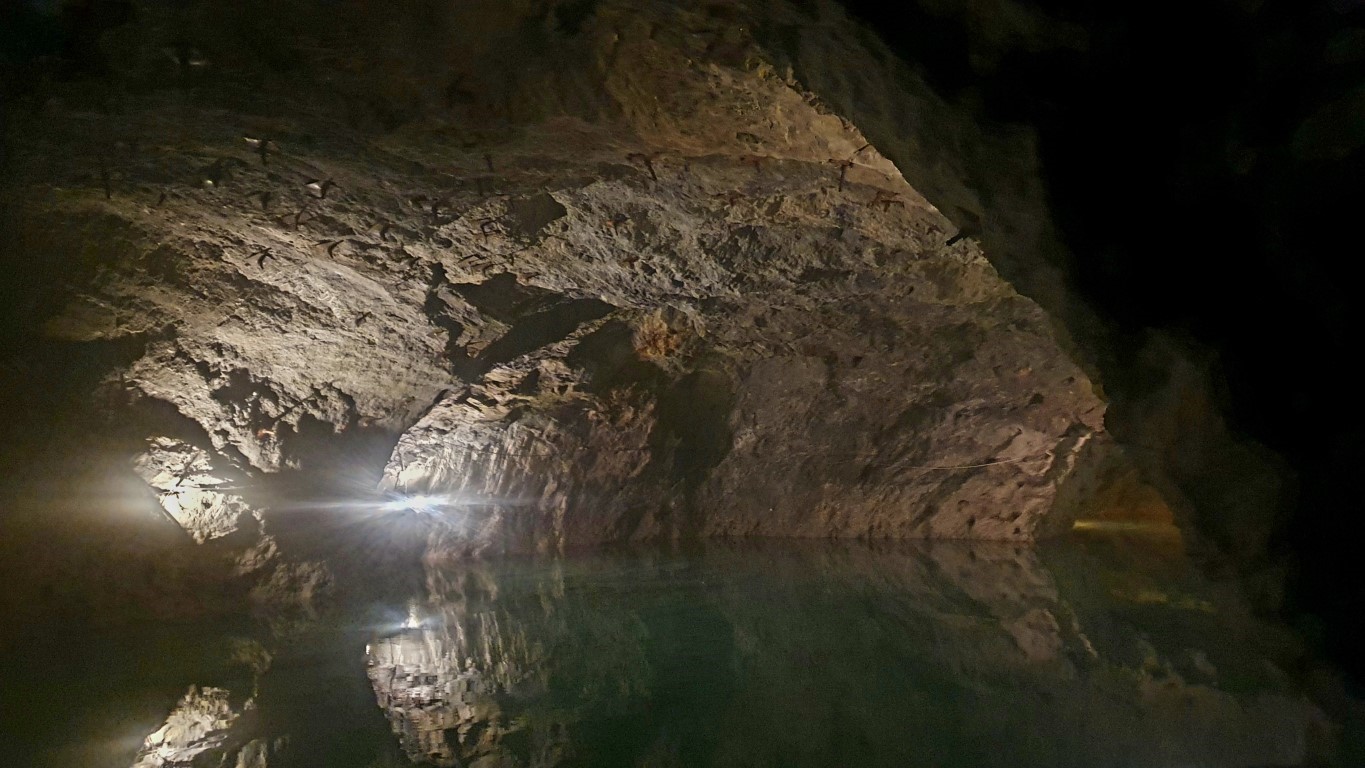

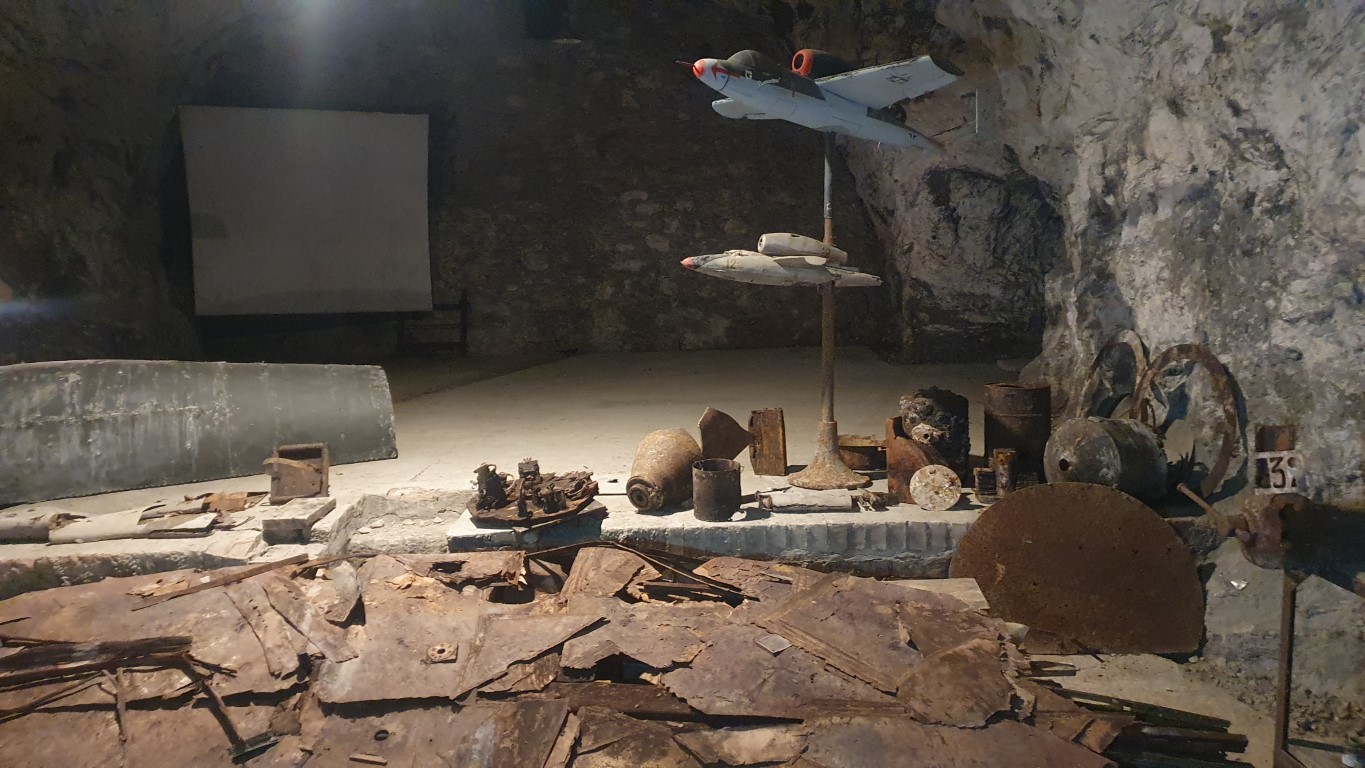



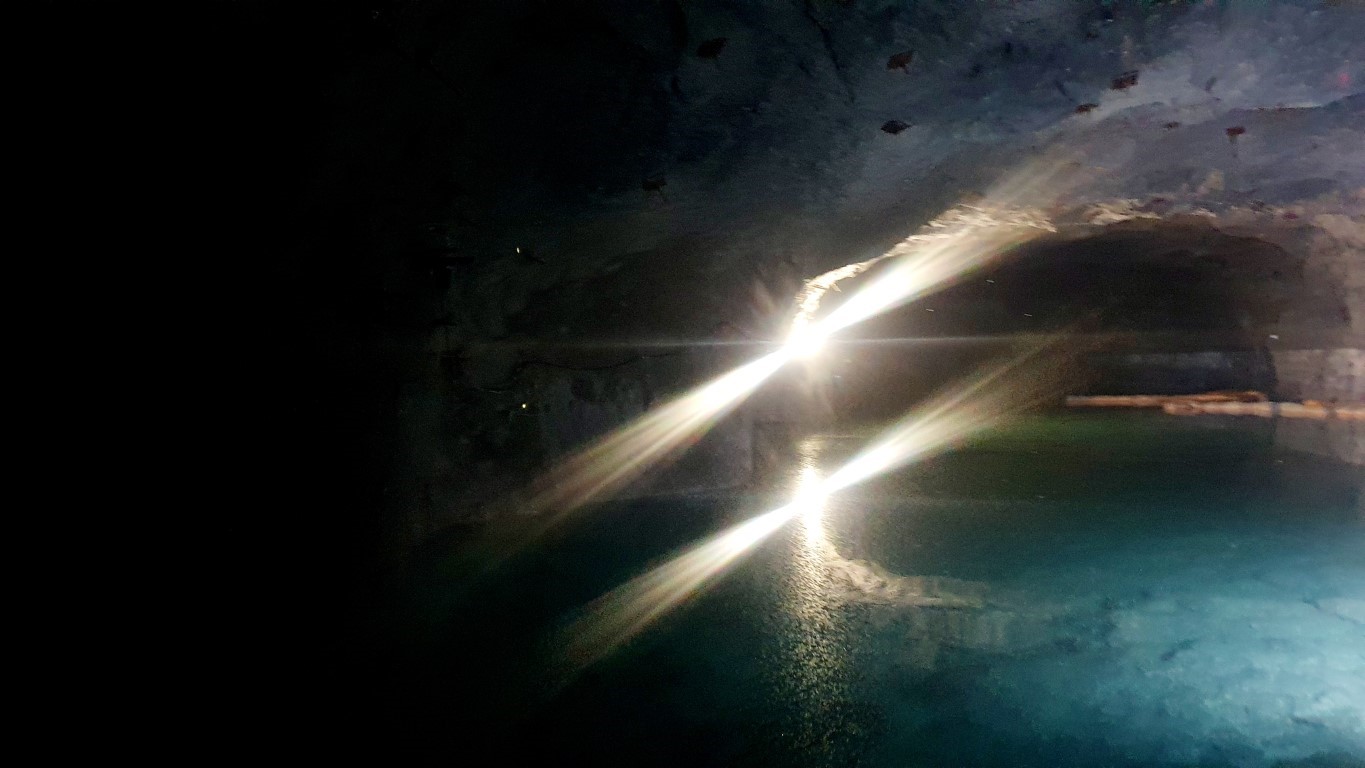


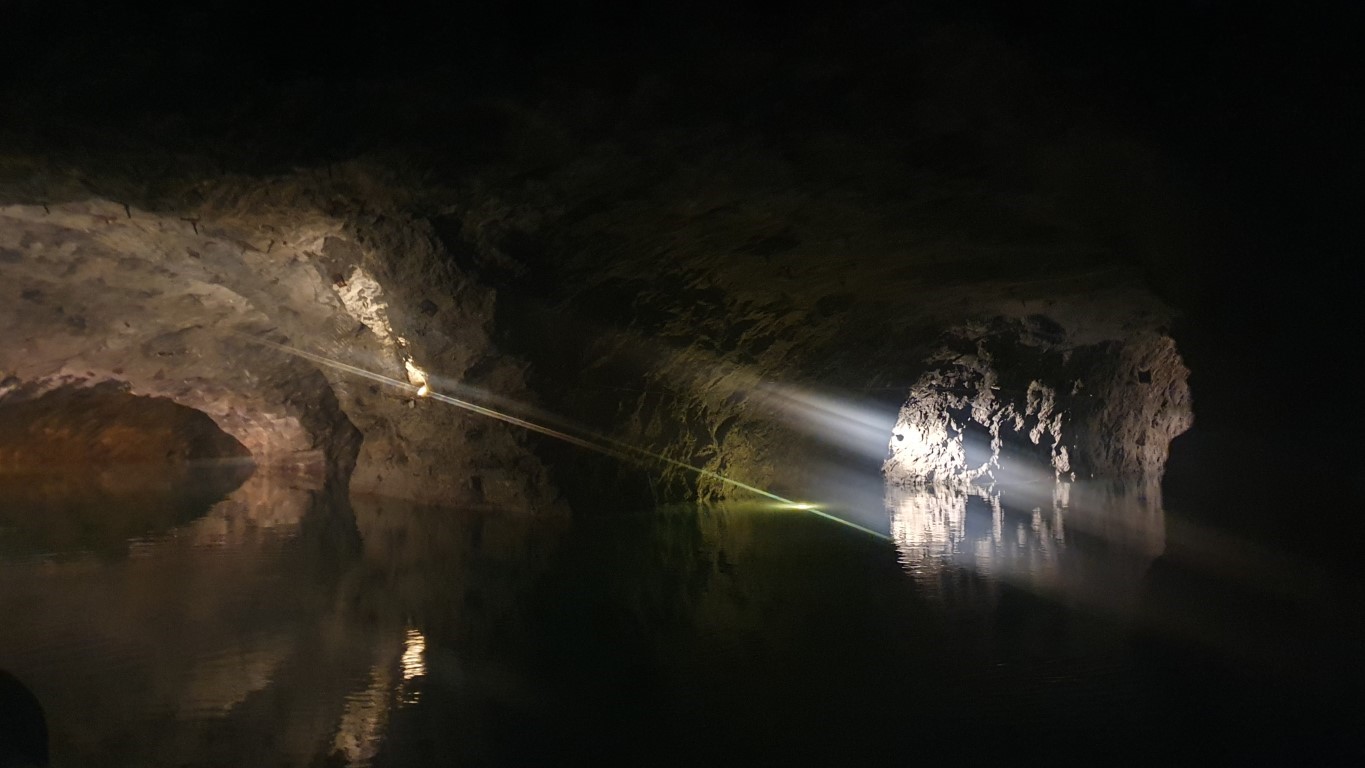
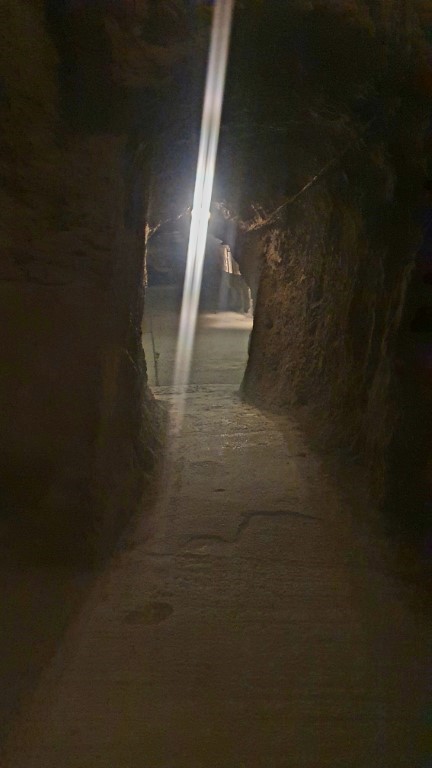

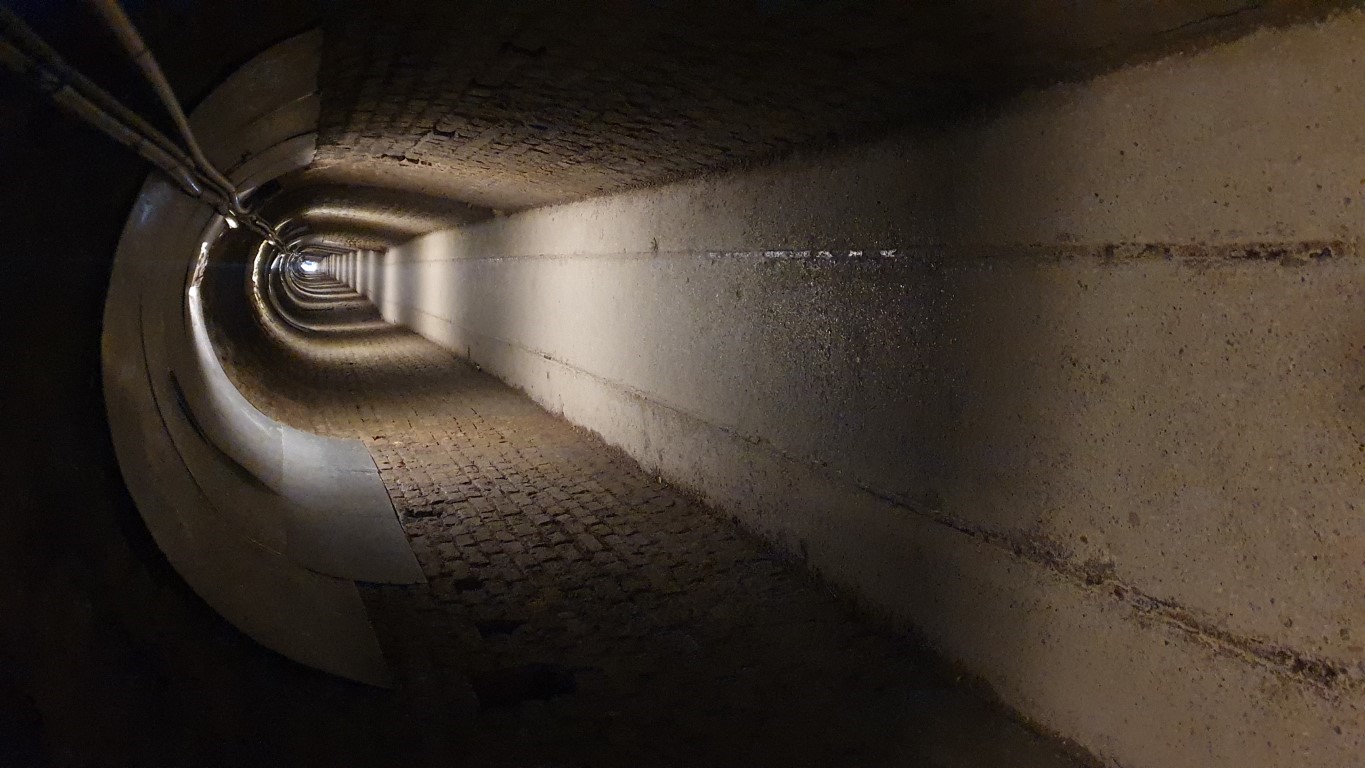

 206
206 




























